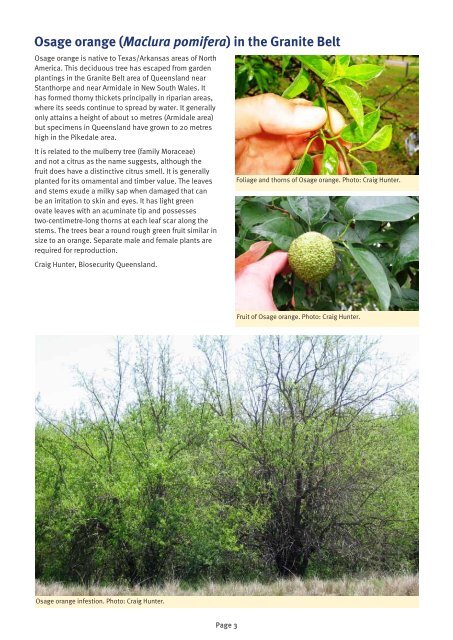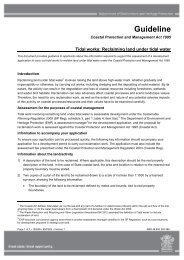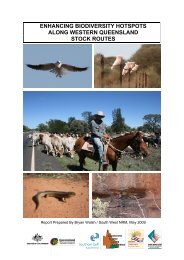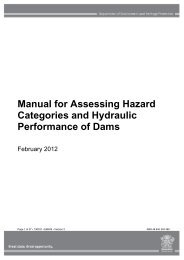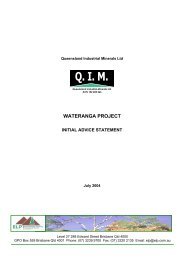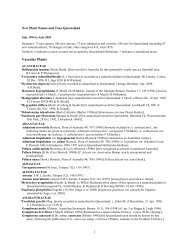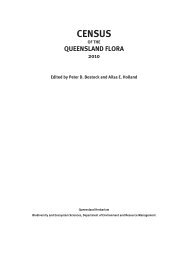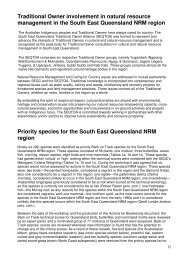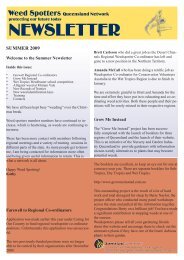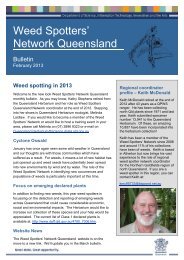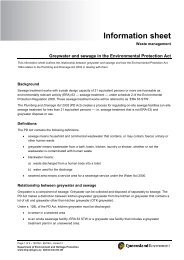Weed Spotter Queensland Network Newsletter Autumn 2012 edition
Weed Spotter Queensland Network Newsletter Autumn 2012 edition
Weed Spotter Queensland Network Newsletter Autumn 2012 edition
Create successful ePaper yourself
Turn your PDF publications into a flip-book with our unique Google optimized e-Paper software.
Osage orange (Maclura pomifera) in the Granite Belt<br />
Osage orange is native to Texas/Arkansas areas of North<br />
America. This deciduous tree has escaped from garden<br />
plantings in the Granite Belt area of <strong>Queensland</strong> near<br />
Stanthorpe and near Armidale in New South Wales. It<br />
has formed thorny thickets principally in riparian areas,<br />
where its seeds continue to spread by water. It generally<br />
only attains a height of about 10 metres (Armidale area)<br />
but specimens in <strong>Queensland</strong> have grown to 20 metres<br />
high in the Pikedale area.<br />
It is related to the mulberry tree (family Moraceae)<br />
and not a citrus as the name suggests, although the<br />
fruit does have a distinctive citrus smell. It is generally<br />
planted for its ornamental and timber value. The leaves<br />
and stems exude a milky sap when damaged that can<br />
be an irritation to skin and eyes. It has light green<br />
ovate leaves with an acuminate tip and possesses<br />
two-centimetre-long thorns at each leaf scar along the<br />
stems. The trees bear a round rough green fruit similar in<br />
size to an orange. Separate male and female plants are<br />
required for reproduction.<br />
Craig Hunter, Biosecurity <strong>Queensland</strong>.<br />
Osage orange infestion. Photo: Craig Hunter.<br />
Page 3<br />
Foliage and thorns of Osage orange. Photo: Craig Hunter.<br />
Fruit of Osage orange. Photo: Craig Hunter.


